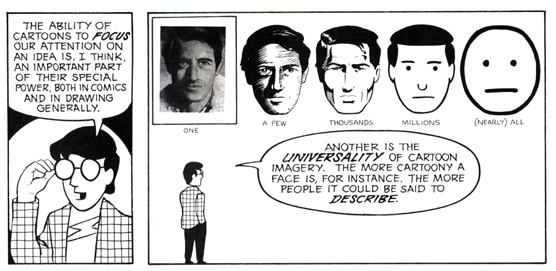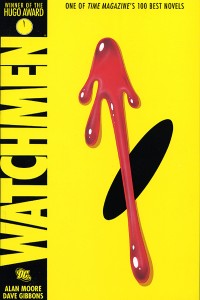www.9gag.com has taken over my life since I encountered it around 3 years ago. Basically, it’s a fun site where people post things like cartoons about politics, silly situations in everyday life and the rare inspiring message. It’s similar to the site www.reddit.com, which I believe Canadians are more familiar with.
Whilst scrolling through the posts the other day, the question of why memes were so popular came to mind. A meme, according to www.urbandictionary.com, is “an idea, belief or belief system, or pattern of behaviour that spreads throughout a culture either vertically by cultural inheritance or horizontally by cultural acquisition”. Similar ideas are normally represented by simple drawings like the ones in the picture at the end of this blog. But why where they so popular? From the use of memes in university lectures to tacky posters in hole-in-the-wall restaurants, it seems as though these memes have made their way into our society, intricately weaving themselves into our cultural meanings. In this blog, I will be focusing only on the images of human faces and how so many people can relate to them.
In a CAP course on women’s studies last semester, we explored what makes comics so important in popular culture. One aspect which caught my interest was how the less detail an illustration of a person had, the more people could identify with the character. In other words, more people would be able to identify with this smiley face: ☺ rather than a realistic sketch of a person. The following illustration is from Scott McCloud’s “Understanding Comics” to clarify this point.
Perhaps this is why memes are used so extensively – to convey an idea that everyone can relate to. This way, the memes are able to enhance familiarity and reduce the need to supply context behind an image. These images are tailor-made for the purpose that they fit and the more likely they are to be shared, the more accessible they are which encourages more people to use them and boosts their popularity.
I wonder what this says about our society. Are we developing a new way of communication through the highly visual delivery of memes? Maybe this is the result of mixing traditional comics with the internet. What do you guys think?
Sources:
http://www.idrawdigital.com/2009/09/review-understanding-comics-the-invisible-art-by-scott-mccloud/





